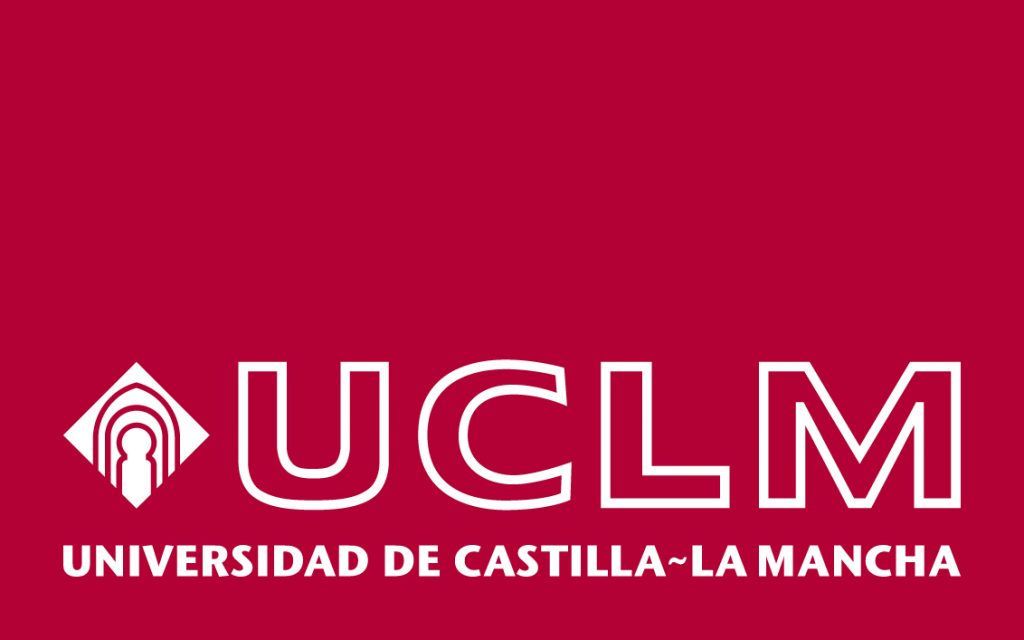Mathematics against fibrous dysplasia: Biomarker discovery and treatment optimization
Fibrous dysplasia (FD) is a genetic disease caused by a mutation in the gene GNAS1 that leads to scar-like tissue growth in place of normal bone. It usually manifests for the first time in children ages 3 to 5 and results in bone deformity, brittle bones, pain and/or uneven growth of bones. There is no curative treatment. Skeletal-derived manifestations are typically treated with orthopedic surgery and/or bisphosphonates, and there are investigational drugs under study, like tocilizumab and denosumab. However, there is not a clear guideline of which patient should receive each treatment and what should be the dosage and schedule. Hence, great advantage could be obtained from the development of mathematical models and study in-silico of medical decision-making for FD.














